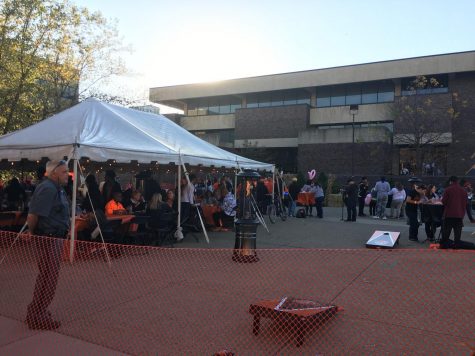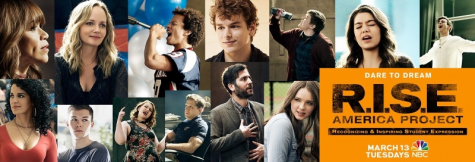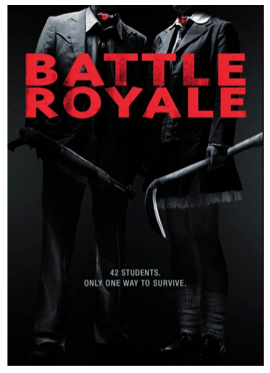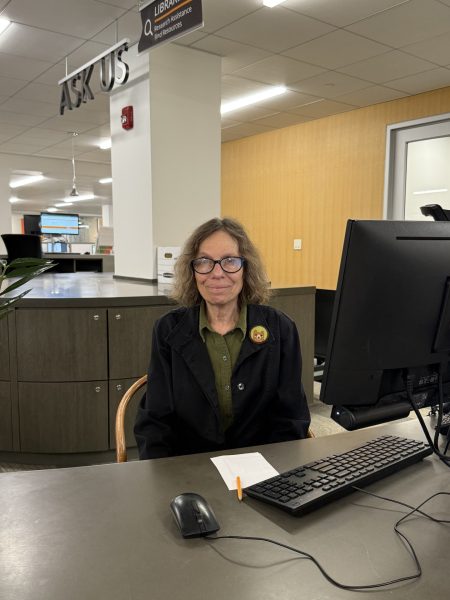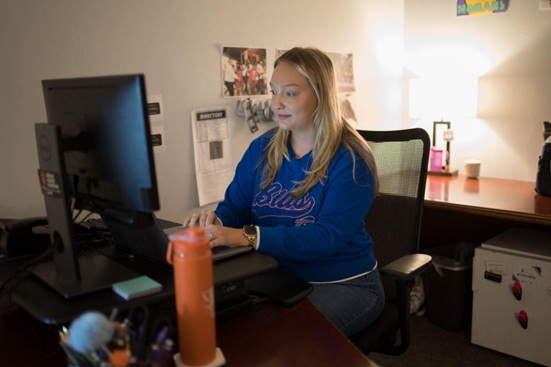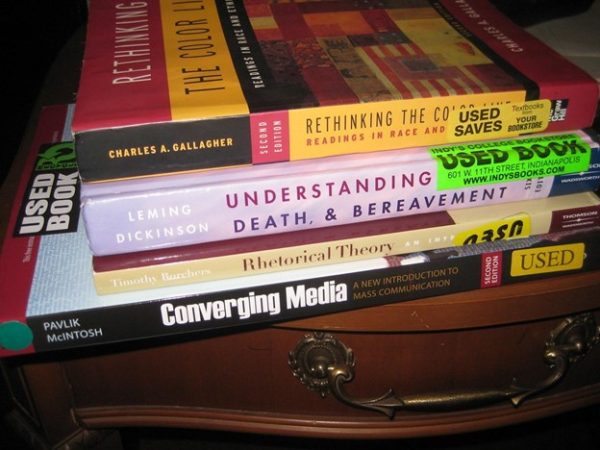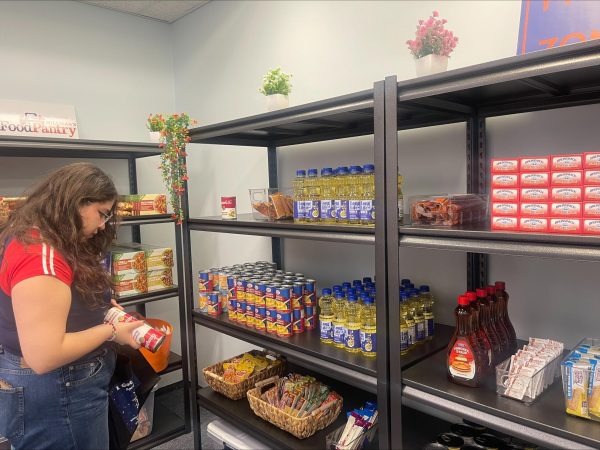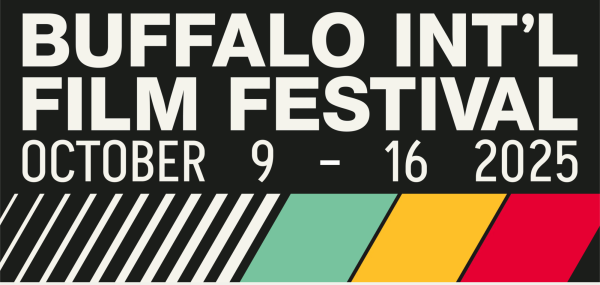Communication necessary between cyclists, motorists
From the sight of more bikes zipping from building to building and always-packed bike racks next to the Union, it is evident that bike ridership is popular on campus.
The larger cycling presence on campus contributes to a dispute long overdue for discussion. There exists a miscommunication between bicyclists and motorists that has disrupted the flow of traffic both on and off campus.
According to the New York State Department of Motor Vehicles, a total of 6,276 bicycle/motor vehicle accidents occurred in 2010.
Nearly 68 percent of the contributing factors to bicycle/motor vehicle accidents include human errors, such as driver inattention/distraction, failure to yield right of way, pedestrian or bicyclist error/confusion.
Education of the correct road policies and improvements in communication between driver and bicyclist is the answer to preventing bicycle/motor vehicle accidents, and creating a more enjoyable commuting experience for both parties.
A common misconception is that bicyclists have the same rights as pedestrians or that bicyclists have the right of way when traveling through an intersection with motor vehicle traffic.
This misconception presents a traffic problem at a four-way stop. Cyclists unfamiliar with correct road procedure will blow through the stop sign, and the driver of a motor vehicle is left feeling alienated.
According to the law, cyclists and motorists are equal bodies. The correct procedure at the four way stop; the right of way is given to whoever arrived there first.
Here are some good practices to keep in mind for cycling: Ride on the right side of the road and as close to the curb as possible, and limit riding on the sidewalk.
In the event that two cyclists are traveling in opposite directions on the same road, they will have an awkward exchange if one of the cyclists isn’t riding on their right. Add a motor vehicle to the mix, and things can get messy.
There isn’t a law in New York against riding on the sidewalk, but it’s generally a good idea to avoid it. Sidewalks are designed for pedestrian traffic. It can be a startling experience for pedestrians as cyclists whip by without warning.
The following are a few good practices to keep in mind for motorists: Share the road with courtesy and the road is wider than you think.
Sharing the road with courtesy is an agreement to use the road alongside cyclists and be respectful and kind in the process. Honking, yelling, or gawking at cyclists is unacceptable and immature.
Motorists, please don’t awkwardly follow behind cyclists. The road is wider than you think. Become familiar with the size of your vehicle, surroundings, and learn to use the mirrors to see how much space is available.
The greatest source of confusion between cyclist and motorist occurs due to lack of communication. Three ways to improve communication between cyclists and motorists include: Hand signals, eye contact/gesture, and speak/mouth.
Hand signals are a useful way for cyclist to communicate with motorists and alert them of their potential actions. Motorists use hand signals in the event their directional lights are not working. The stumbling block to this approach is that few people know how to use hand signals these days.
Basic hand signals include: left turn, extend left arm outward and hold parallel to the ground, right turn, use left arm and slightly angle forearm upright. Visual learners can do a quick Google search to see instructional videos on the subject.
Eye contact/gesture is another method to aid communication. Making eye contact with the other party is an acknowledgment in each other’s presence. When we are not as alert as we should be on the road, making eye contact is a way of demanding attention. Using a gesture such as a head nod is helpful too.
Speaking is possibility for communication between cyclist and motorists, especially during the warmer months. Typically motorists have their windows down in the warmer season. A cyclist can literally speak to motorists the actions they wish to take, if the conditions are right.
Education and improved communication are essential to maintaining a good relationship between cyclists, motorists and the general flow of traffic.
Email: [email protected]


